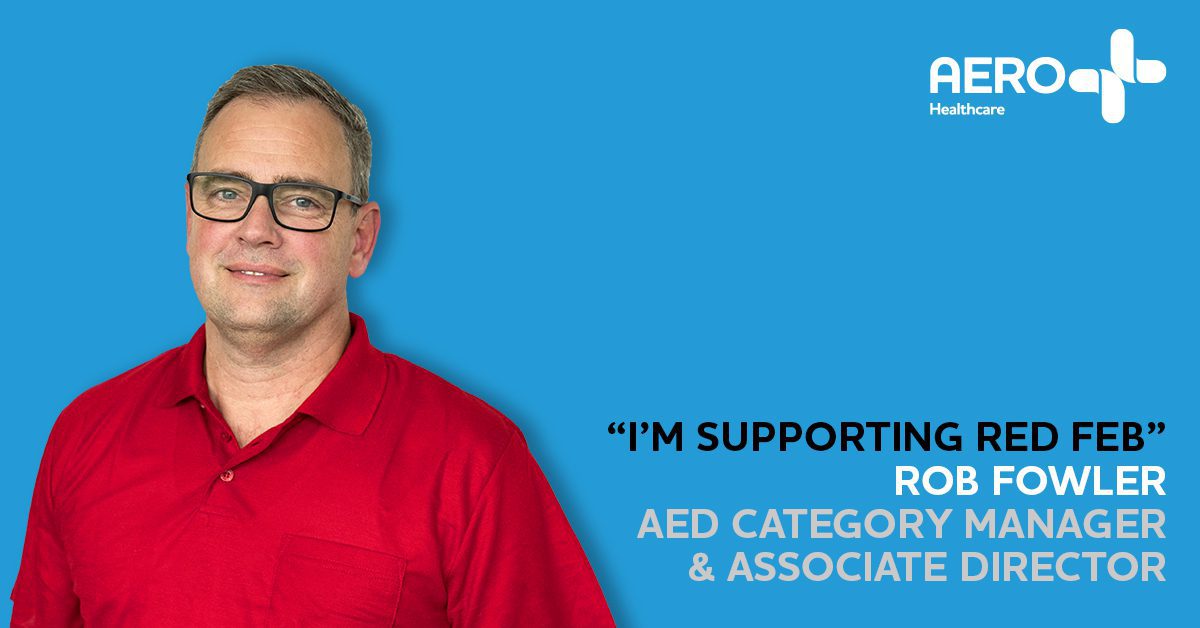Sudden Cardiac Arrest – The Silent Killer
February is Heart Research Australia’s RED FEB month. A month focussed on raising awareness of heart disease. Learn more about Australia’s Silent Killer, Sudden Cardiac Arrest in the article below, and help us raise awareness of one of Australia’s devastating heart diseases.
Sudden Cardiac Arrest (SCA) is commonly referred to as the Silent Killer. Each year in Australia as many as 20,000 out of hospital cardiac arrests occur. Less than 10% of these sufferers survive. It continues to be a major public health challenge and is estimated to cost the Australian economy $2 billion each year 1. With greater awareness of its impact and knowing what to do to make a difference, we can work together to reduce these numbers.
How does Sudden Cardiac Arrest occur?
It’s a medical emergency that if not treated immediately, will result in death within a few minutes.
Sudden Cardiac Arrest can impact anyone, anywhere, at any time! It often occurs without warning. When someone suffers cardiac arrest, they will lose consciousness and collapse.
Sudden Cardiac Arrest occurs when the hearts rhythm becomes chaotic. It usually results from a disturbance in the heart that disrupts its pumping action, stopping the blood flow to the brain and the rest of the body. The most common cause of cardiac arrest is ventricular fibrillation, an arrhythmia where rapid, erratic electrical pulses in the heart cause the ventricles to quiver rather than pump blood. While sudden cardiac arrest can occur to anyone, anywhere, men are two to three times more likely to suffer from Sudden Cardiac Arrest than women.
While Sudden Cardiac Arrest can impact anyone, with no warning, some risks factors can increase the likelihood of occurring. These risks include:
- A family history of cardiovascular disease.
- Smoking
- High Blood Pressure
- Obesity and diabetes
- Drinking too much alcohol
- Using illicit drugs
- Age – Likelihood of SCA increases with age.
How is sudden cardiac arrest treated?
Immediate action is required to treat sufferers of Sudden Cardiac Arrest. The first 3-5 minutes are key to survival. The chain of survival is an internationally recognised process. If each link in the chain is completed to a high standard, the patient has the greatest chance of survival.
The first step in the chain of survival is Early Access. Identify the situation as a sudden cardiac arrest by checking the victims breathing and consciousness. Once a Sudden Cardiac Arrest has been established, an ambulance must be called immediately to ensure defibrillation and life support arrive as soon as possible.
The second step is Early CPR. If Cardiopulmonary Resuscitation (CPR) begins within 4 minutes, then vital organ function such as the brain can be maintained. The sooner CPR is conducted the greater the chance of survival. Any attempt at resuscitation is better than no attempt. CPR should be performed at a rate of 100/120 chest compressions per minute, almost 2 compressions per second2. CPR should be continued until trained emergency service professionals, or an AED arrives.
The final step in the chain of survival is Early Defibrillation. If early defibrillation is applied there is a significant increase in the chance of survival. A defibrillator will administer a controlled electric shock, to allow restoration of the normal heart rhythm.
The Silent Killer of Australians, Sudden Cardiac Arrest can strike anywhere, anytime. It’s important that Australians are prepared with the knowledge and equipment for when it strikes. Knowing what to do and providing a quick response is crucial for achieving the greatest chance of survival.
References:
- Paratz ED, Smith K, Ball J, et al. The economic impact of sudden cardiac arrest. Resuscitation. 2021 Jun;163:49-56.
- Olasveengen TM, Mancini ME, Perkins GD, et al. Adult Basic Life Support: 2020 International Consensus on Cardiopulmonary Resuscitation and Emergency Cardiovascular Care Science With Treatment Recommendations. Circulation 2020; 142(16_suppl_1): S41-S91.


